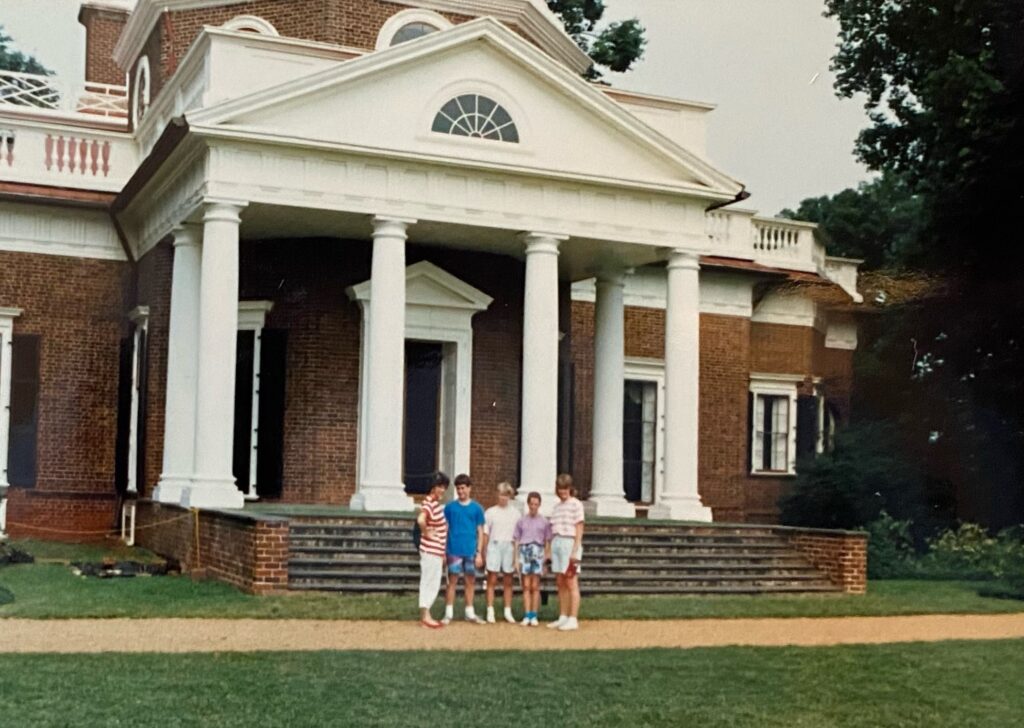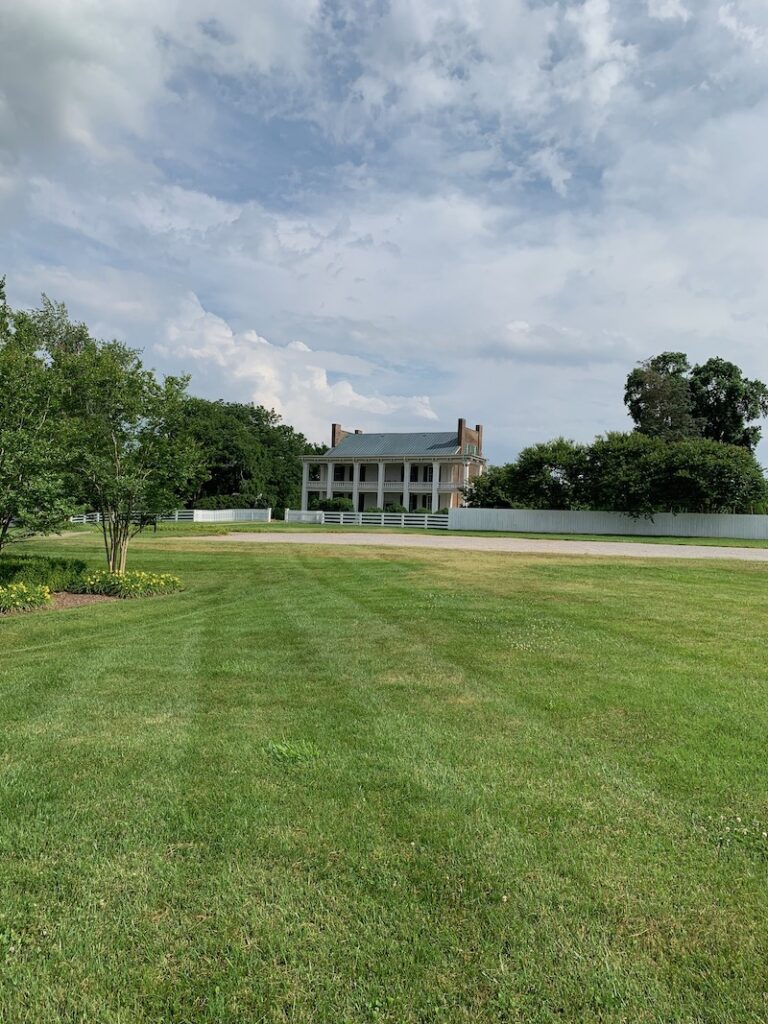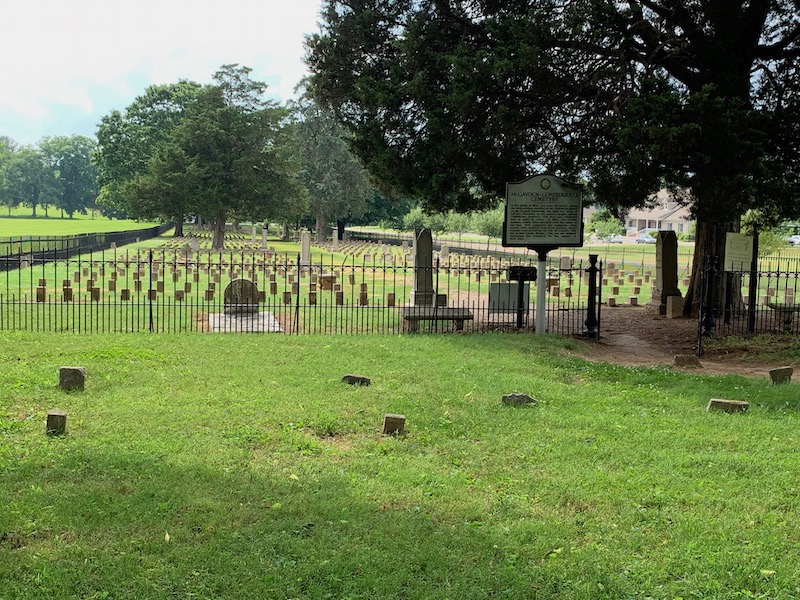The history of slavery is the history of the United States. It was not peripheral to our founding; it was central to it. It is not irrelevant to our contemporary society; it created it. This history is in our soil, it is in our policies, and it must, too, be in our memories.
– Clint Smith
In the summer between my junior and senior years of high school, our family of 6 (+ Grandma, as far as Kansas) took a 6-week cross country trip, beginning in Oregon. It was a fantastic opportunity to see many places I’ve not had reason to return to in these nearly 35 years since, and I’m grateful to have those long ago experiences stored in my memory bank.

I don’t remember if we went inside the mansion at Thomas Jefferson’s Monticello, but I can still feel the heat and humidity of that day as we walked across the vast, sweeping lawns, through the gardens, and looked out across the green, hilly landscape beyond. I knew Jefferson from history lessons as the man who penned into the Declaration of Independence: We hold these truths to be self-evident, that all men are created equal….. and as we took in the grandeur, and marveled at the ingenuity of the gorgeous Jefferson property, I don’t recall any awareness of the enslaved people who worked to create the place.
For the content of his excellent book, How the Word is Passed, Clint Smith visits a variety of historical sites across the country (as well as Gorée Island, Senegal), taking the tours and visiting with people – tour guides, tourists, historians – and along this way he notes the different ways the story of slavery in our country gets told in these places. He begins with a chapter on Monticello, and I read with interest about the work that is being done there to present a more complete picture of the man who wrote so notably about freedom, but lived on the backs of his slaves.
Near the end of the chapter, Smith says:
“To get to Jefferson’s grave you walk for about a third of a mile along a winding uphill path….In the Monticello graveyard, Jefferson is buried alongside his descendants…..The grave site – its iron gates, majestic tombstones, and gold ornamation – stands in stark contrast to the grave site farther down the hill, where over forty of Tomas Jefferson’s enslaved workers are buried. That space is enclosed by wooden fencing that has weathered over time……While the Jefferson cemetery is filled with tombstones heralding the names of roughly two hundred of Jefferson’s descendants and their spouses, the burial ground of the enslaved has no ornamentation or personal designation. There are a few scattered headstones, though no visible names or inscriptions. The trees around the graves hold court for a congregation of unmarked ruins. No one knows the names of the people buried here.”
As I read this, I remembered the stop my boys and I made at the Carnton House in Franklin, TN, a couple years ago – and the McGavock Confederate Cemetery there. I was impressed by the scene, similar to what Smith describes of Monticello, and took a couple pictures –


The story of a place is told quite differently, depending on where you stand. And how do we come to know the stories that are not specifically ours, but part of our collective history, and thereby, ours indeed?
In the Monticello chapter Smith says, Although Monticello has been open to the public since the Thomas Jefferson Memorial Foundation purchased the property in 1923, the plantation’s public wrestling with Jefferson’s relationship to slavery began in 1993, (just a few years after I was there) as part of the foundation’s Getting Word oral history project, in which the foundation interviewed the descendants of enslaved people from Monticello in an effort to preserve those histories…..The stories that arose from Getting Word became part of the tours Monticello created based on the lives of the enslaved population there. “This is how the word is passed down,” remarked one of the descendants in an interview for the project.
Begging the question: How will we listen?
Clint Smith is a poet and an educator. How the Word is Passed is accessible and interesting and important reading.
 these days
these days